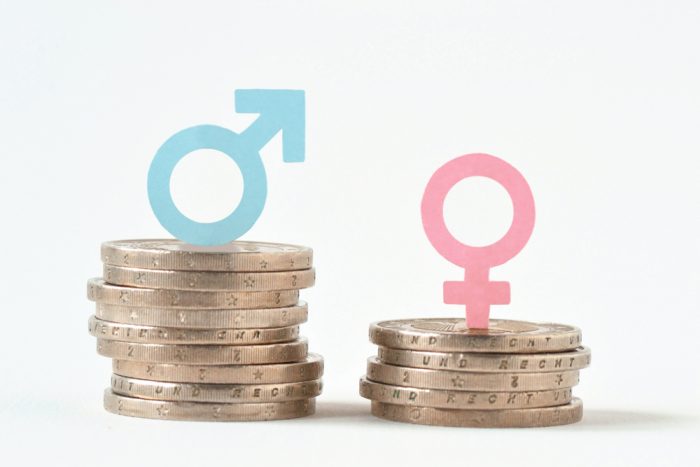More than a quarter of women are relying solely on the state pension to fund their retirement – almost twice the number of men, according to new research.
On International Women’s Day, pension consultancy Barnett Waddingham is calling for policy intervention from government to address these inequalities and boost women’s retirement prospects.
The survey showed that this pensions gap widens further in later life, with 35 per cent of women set to rely solely on the state pension, compared to 15 per cent of men in this age cohort.
Barnett Waddingham’s findings show that at a younger age there is less of an issue, with roughly equal numbers of 18-34 year olds having a workplace pension (49 per cent of men, and 50 per cent of women). However, young women (18-34) are half as likely to have a private pension as their male counterparts (10 per cent of women versus 20 per cent of men).
The survey also shows there is widespread confusion around pensions, with one in 10 women not knowing whether they have a pension, and a further 4 per cent believing they do have a pension but are unsure what type it is.
However there was some encouraging news with the number of women solely dependent on the state pension falling slightly over the last year, from 30 per cent in 2021 to to 27 per cent in 2022.
Amanda Latham, policy & strategy lead at Barnett Waddingham says: “There is now an insurmountable amount of research shining light on the stark gender pensions gap, which is of course driven by the gender pay gap. The UK pensions system is designed for a society which no longer exists; one where men went out to work and women stayed at home within a strictly nuclear family. Now, the world has changed but the financial services infrastructure has not.
“For International Women’s Day, it’s time to take the burden of solving this financial failure away from women. We need to consider fiscal, behavioural, and societal issues collectively, and work to create a more robust and inclusive pensions framework that offers fairer solutions for all.
“Policy makers must urgently prioritise reform, including reviewing the auto-enrolment rules to increase the minimum level contributions and remove the minimum earning requirement, change the state pension to better reflect career breaks, and move to a flat rate of pension tax relief.”
Latham suggests five main policy changes that could hep reduce this gap. These are:
- Review auto-enrolment rules
It is clear that the auto-enrolment minimum threshold impacts women more than men. The government should review this in the context of gender. Whilst there are proposals to remove the minimum earning requirement, this should be done sooner rather than later. In addition Latham also calls for an increase minimum level contributions. “People typically anchor to the default level of contribution when joining a pension plan, which is generally impacting women more than men. This again should be reviewed in the context of gender, and done so as soon as possible.”
2. Review State Pension provision
This is to make sure it better reflects career breaks, and periods of being ineligible for auto-enrolment (if the minimum level of contributions remains). Provide more education on how to assess your State Pension – i.e. the people most affected may be the ones less able to access this information. Start with better financial education in schools.
3. Move to flat rate of pension tax relief
The current tax relief system benefits higher earners more than lower earners, which typically benefits men more than women. Moving to a flat rate will help women save more; e.g. moving to a tax relief flat rate of 30% will typically increase a women’s total amount of pension savings by 35%
4. Collect data on people identifying as trans or non-binary
We know the evidence base on inequality of employment outcomes by sexual orientation is weak and inconsistent and that what is measured is what matters when we look to create change. To meaningfully develop a system that works for everyone, data needs to be collected and reported to understand progress and the impacts of policy changes
5. Allow couples to pay into each other’s pension plans
This will allow pension benefits to shared more equally and will allow both parties to take advantage of the incentives to save for retirement; i.e. tax savings. Consideration should also be made to allow couples to transfer assets between each other’s pension plans.
